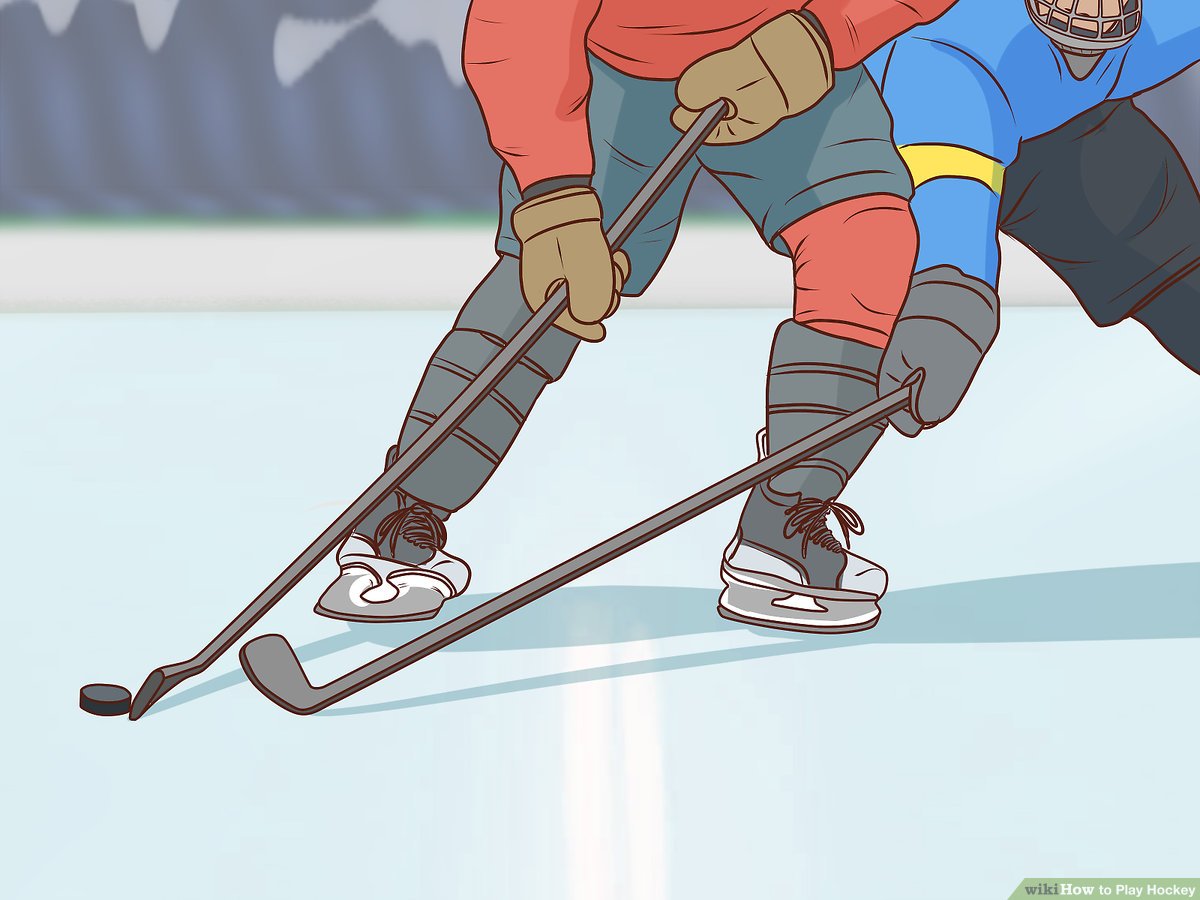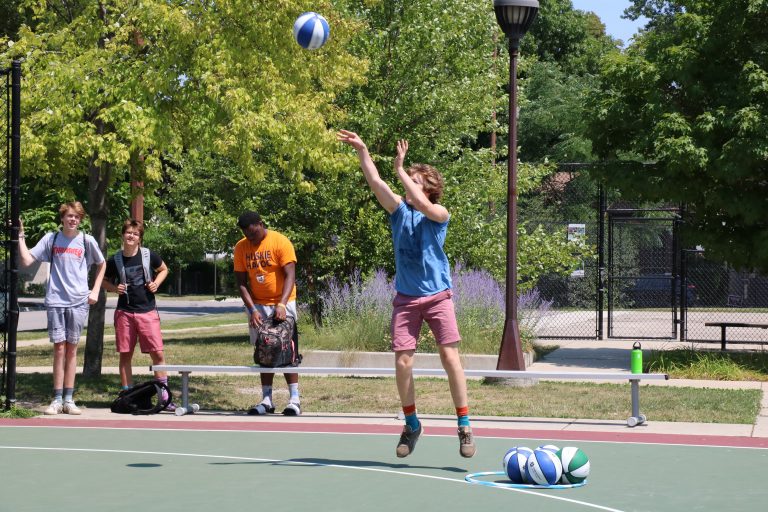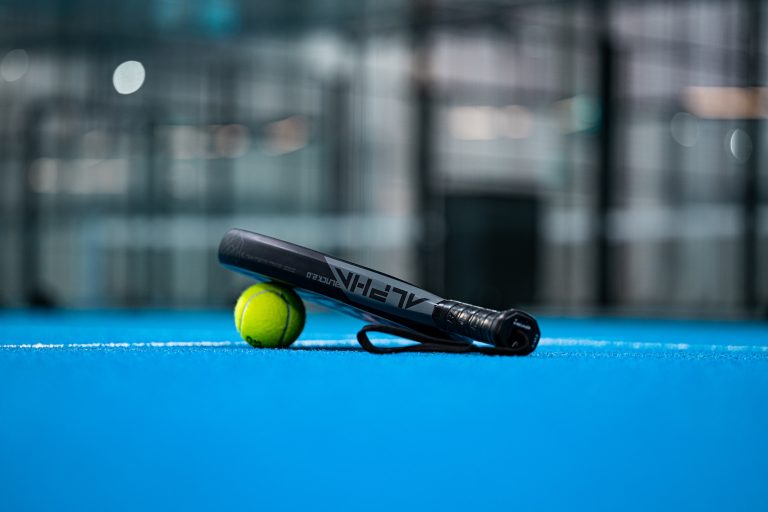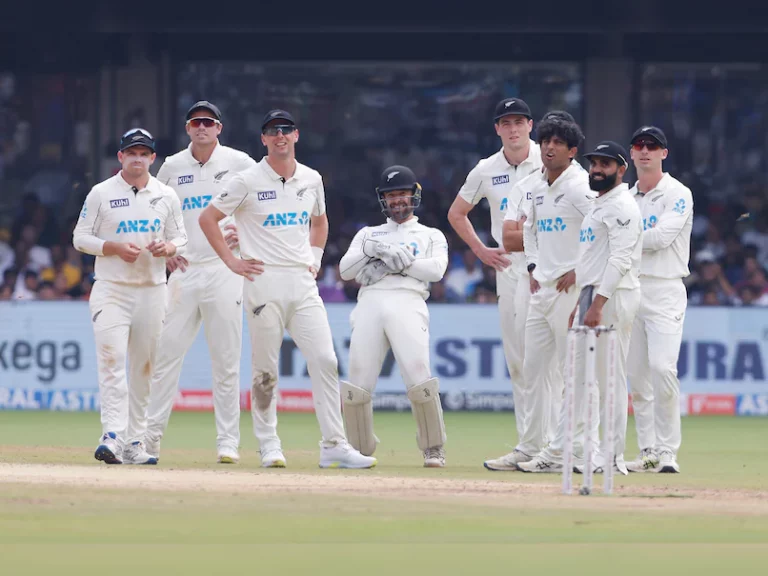Ever wondered how each player on a hockey team contributes to the fast-paced, exhilarating game on the ice? Understanding hockey positions is crucial not only for players striving to enhance their skills but also for fans eager to deepen their appreciation of the sport. Hockey, with its origins tracing back to the 19th century, has evolved into a game of speed, strategy, and precision. Each position on the ice—from the agile forwards to the stalwart defensemen and the vigilant goaltender—plays a unique role in orchestrating victory. In this blog post, we will explore the distinct responsibilities and skills required for each hockey position, offering insights into how they collectively shape the dynamics of the game. We’ll begin by examining the roles of forwards, move on to the defensemen, and finally, delve into the critical position of the goaltender. By the end, you’ll have a comprehensive understanding of how each position contributes to the team’s success and a newfound appreciation for the intricate ballet that is hockey.
Understanding Hockey Positions: A Guide to Player Roles on the Ice
Forwards: The Offensive Powerhouses
Center
The center plays a pivotal role in both offense and defense. Positioned at the heart of the action, the center facilitates puck movement and orchestrates plays. Key responsibilities include:- Winning face-offs to gain initial puck control.
- Supporting defensemen by backchecking and covering opposing players.
- Setting up scoring opportunities and assisting wingers.
Left Wing
Positioned on the left side of the ice, the left wing focuses on offensive play while maintaining defensive responsibilities. Main duties involve:- Driving the puck into the offensive zone.
- Creating scoring chances by passing or shooting.
- Forechecking to regain possession in the offensive zone.
Right Wing
The right wing mirrors the left wing’s role but operates on the opposite side. This position requires a balance of offensive and defensive skills. Responsibilities include:- Executing strategic plays to penetrate the defense.
- Supporting the center and left wing in scoring efforts.
- Applying pressure on opposing defensemen during forechecks.
Defensemen: The Guardians of the Zone
Left Defenseman
The left defenseman plays primarily in the defensive zone, focusing on preventing the opposition from scoring. Key tasks include:- Blocking shots and intercepting passes.
- Clearing the puck from the defensive zone.
- Supporting the offense by joining rushes when appropriate.
Right Defenseman
Similar to the left defenseman, the right defenseman protects the team’s zone and aids in transitioning from defense to offense. Responsibilities are:- Maintaining strong positioning to thwart attacks.
- Engaging physically to regain puck possession.
- Initiating breakout plays to move the puck up the ice.
Goaltender: The Last Line of Defense
The goaltender holds the critical role of preventing the puck from entering the net. This position demands quick reflexes and mental fortitude. Key responsibilities include:- Stopping shots through positioning and technique.
- Communicating with defensemen to organize defensive plays.
- Handling the puck to aid in breakout plays.
Strategic Considerations for Each Position
Forwards
Forwards must excel in speed and agility to maintain pressure on the opposition. Effective communication and anticipation allow them to create scoring opportunities. Key strategies include:- Utilizing speed to outmaneuver defenders.
- Positioning strategically to receive passes.
- Reading the play to anticipate puck movement.
Defensemen
Defensemen require strong physical presence and strategic thinking. Maintaining a solid defensive stance while supporting offensive plays is crucial. Important tactics include:- Maintaining gap control to limit offensive threats.
- Reading the play to make timely interceptions.
- Supporting forwards during offensive transitions.
Goaltender
A goaltender’s success hinges on positioning and mental resilience. Staying focused and reading the play are essential skills. Strategic elements involve:- Maintaining optimal positioning to cover angles.
- Exhibiting calm under pressure to make crucial saves.
- Communicating effectively with teammates to organize defense.
Special Teams: Power Play and Penalty Kill
Power Play
During a power play, forwards and defensemen collaborate to exploit the numerical advantage. Key strategies for a successful power play include:- Maintaining puck possession to tire out penalty killers.
- Creating shooting lanes through strategic positioning.
- Capitalizing on rebounds and deflections.
Penalty Kill
Penalty killing demands disciplined defensive play to withstand the opponent’s power play. Essential tactics involve:- Maintaining a tight defensive box to limit shooting lanes.
- Clearing the puck effectively to relieve pressure.
- Applying aggressive forechecks to disrupt power play setups.
Player Development and Training
Forwards
Developing forwards should focus on enhancing skating speed, puck handling, and shooting accuracy. Training drills could include:- Agility exercises to improve on-ice maneuverability.
- Stickhandling drills to enhance puck control.
- Shooting practice to increase scoring proficiency.
Defensemen
Defensemen benefit from training that emphasizes physicality, positioning, and puck retrieval. Recommended drills include:- Strength training to bolster physical presence.
- Positioning drills to improve defensive coverage.
- Puck retrieval exercises to enhance transition play.
Goaltender
Goaltenders should focus on reflexes, positioning, and mental resilience. Effective training methods involve:- Reaction drills to improve save percentage.
- Positioning exercises to cover angles effectively.
- Mental conditioning to maintain focus under pressure.




